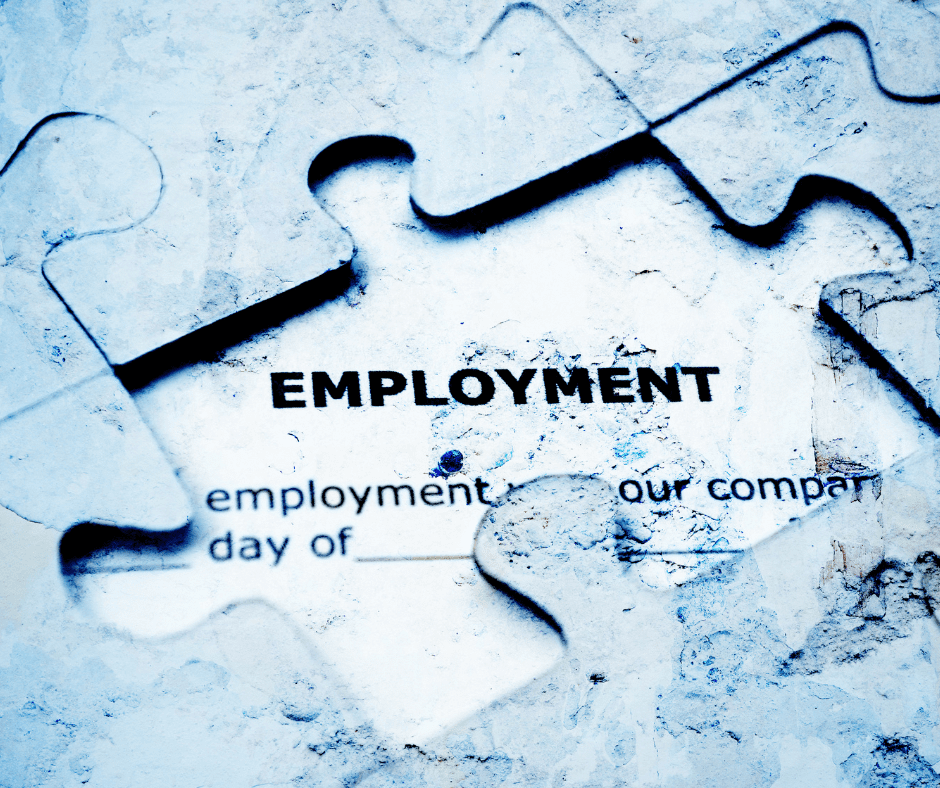
The employee-employer relationship can be complicated. Although it often seems like employers hold the power, modern laws give employees significant rights and protections. If employees think their rights have been violated, they can file lawsuits alleging discrimination, harassment, or wrongful termination. Employment practices liability insurance (EPLI) provides protection against these claims. As trends evolve, employers must be ready for new exposures.
Employment Risks Are Evolving
The most common EPLI claims involve sexual harassment, discrimination, and wrongful termination. Claims stemming from wage and hour disputes are also common, although EPLI coverage may exclude these claims. While the types of claims have remained more or less the same over the years, legal, social, and workplace trends have evolved. As a result, employers may face new exposures they aren’t prepared for, such as:
- The Ongoing MeToo Movement. According to Pew Research Center, the MeToo movement gained widespread attention in 2017, but it actually began back in 2006. Today, the movement isn’t exactly new, but it continues to impact EPLI. The EEOC says sexual harassment charges increased in the two years after MeToo went viral in 2017 and accounted for a larger percentage of all charges between 2018 and 2021.
- Pay Transparency. The Center for American Progress says an increasing number of states have passed pay transparency laws, including California, New York, Washington, and Rhode Island. Bloomberg Law warns that increased pay transparency will reveal unlawful pay discrimination, which will expose employers to more lawsuits.
- Calls for Diversity. California recently tried to mandate board diversity. Bloomberg Law says these laws were struck down, but the push for diversity continues with new disclosure rules thriving. As employers try to meet the new demands for diversity, they need to protect themselves from claims of discrimination against white and male workers. For example, according to the Independent Tribune, a federal jury awarded $10 million (later reduced to $3.89 million by a judge) to an executive who claimed he was fired because of his race.
- Gig Work and Employment Classification. The rise of gig work has led to scrutiny of worker classification. Historically, gig workers (like other freelancers) have been classified as independent contractors, without the legal protections granted to employees. This has led to a series of legal challenges and legislative activity aiming to reclassify gig workers as employees. Despite the pressure, the U.S. Chamber of Commerce says a California appeals court recently issued a ruling that allows companies to classify gig workers as independent contractors. However, this probably is not the end of the debate.
- Biometric Data. According to Business Insurance, experts believe a jury verdict in a case involving the Illinois Biometric Privacy Act may lead to additional litigation.
- Social Inflation. Juries are handing out ever larger awards. According to Legal Dive, so-called social inflation is increasing the frequency and size of litigation against companies.
Employment Practices Liability Insurance Provides Protection
As employers navigate evolving employment trends, they may inadvertently take steps that result in legal action. Employee lawsuits don’t even have to be founded to cause legal headaches for employers. Plus, even if an employer wins a case, the defense costs can be expensive.
Employment practices liability insurance can cover the costs of defending a lawsuit – whether your company wins or loses – under the terms of the policy. The policy can also cover judgments and settlements. Covered claims typically include wrongful hiring and employment decisions (such as wrongful termination or failure to hire or promote), harassment, and discrimination. Policies may also cover claims stemming from breaches of the employment contract or mismanagement of employee benefits.
Check Your EPLI Coverage
Although EPLI coverage can protect against many employment-related claims, terms vary. It’s important to make sure your policy provides adequate protection against your new and evolving exposures.
Some policy elements you should evaluate include:
- As social inflation is driving litigation costs higher, ensuring your company has sufficient liability protection is important.
- Exclusions may bar certain types of coverage. For example, employers should check their policies for coverage for claims involving biometric data. According to Bloomberg Law, some insurers have been adding exclusions in response to the rise of class action lawsuits.
- Endorsements may provide additional coverage. For example, although EPLI policies typically exclude wage and hour claims, coverage may be available under the right endorsements. SHRM says EPLI policies may cover attorney fees and defense costs for wage and hour claims, and some policies may provide additional coverage.
Vigilance Is Critical
Since EPLI trends will continue to evolve, employers must stay vigilant.
- Watch for court rulings and legislative changes. New laws may have a significant impact on your company. For example, if your state passes new pay transparency laws, you will need to ensure your job ads are compliant. Additionally, if one lawsuit is successful, similar lawsuits may follow.
- Consider insurance implications. For example, being aware that insurers have been adding biometric data privacy exclusions to their EPLI policies means you know what to look for in your insurance coverage. You can then decide whether you need to purchase additional coverage.
- Review your insurance needs. Work with your insurance advisor to re-evaluate coverage frequently. Check for policy changes and consider whether you need to raise your limit or acquire additional coverage types.







